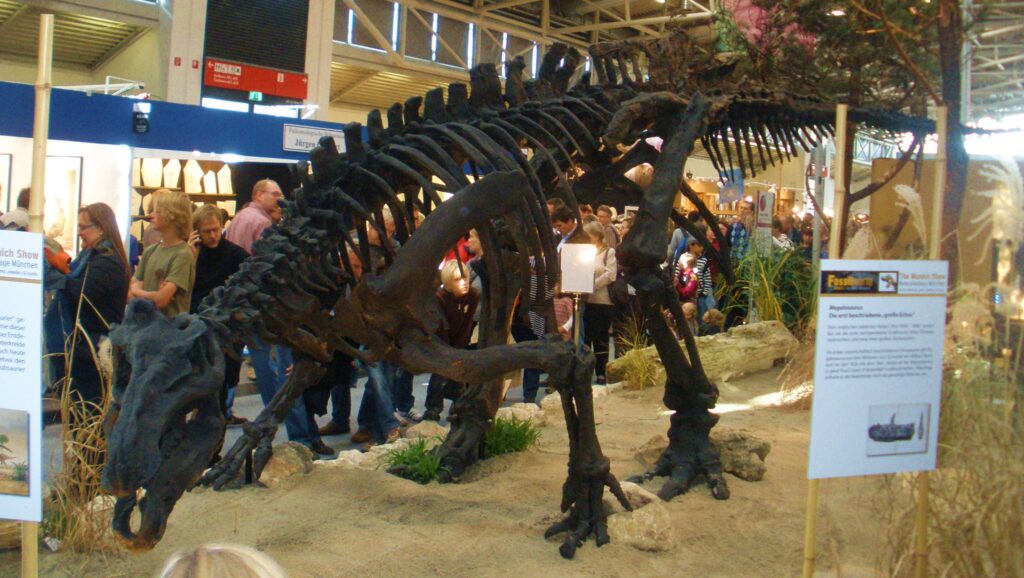In the meticulous world of paleontology, a single error can ripple through scientific understanding for generations. Few examples illustrate this phenomenon more clearly than certain misidentified fossils that languished in museum drawers or display cases, their true significance overlooked due to initial classification mistakes. These cataloging errors have sometimes delayed pivotal scientific discoveries by decades, altering our timeline of understanding evolutionary history. When researchers finally correct these mistakes, they often unlock revelations that reshape our understanding of species development, extinction events, and the ancient world. This article explores how the seemingly mundane act of mislabeling a fossil specimen can have profound consequences for scientific progress and our understanding of life’s evolutionary journey.
The Power of a Label in Scientific Classification
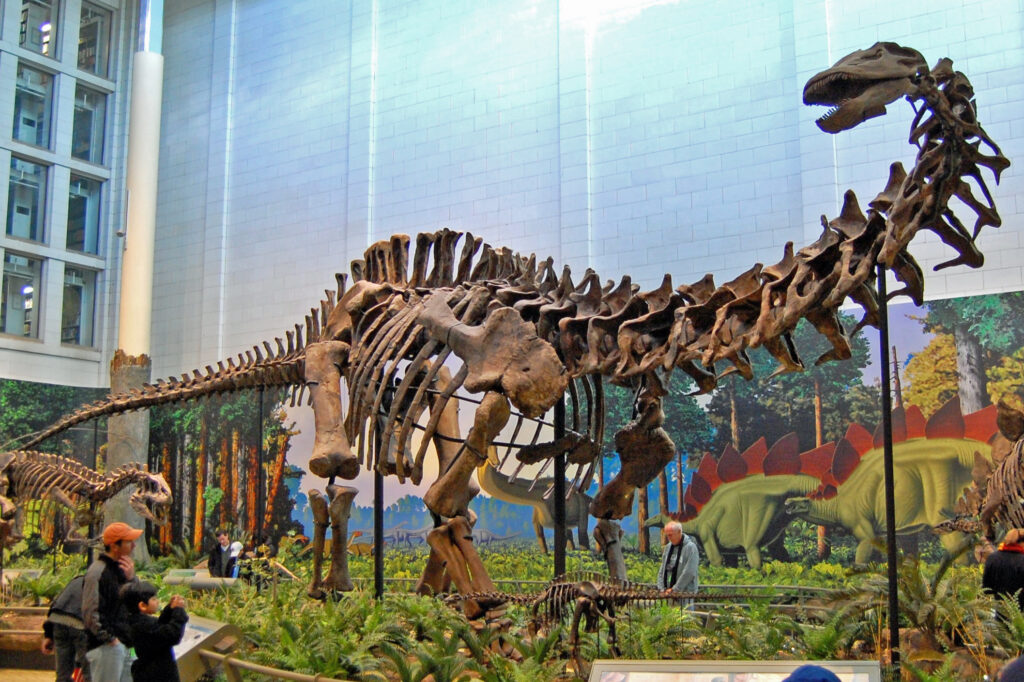
In scientific collections, labels are far more than simple identifiers—they represent an entire framework of understanding about a specimen. When a paleontologist assigns a label to a fossil, they’re placing it within an established taxonomic hierarchy that carries assumptions about its age, evolutionary relationships, and biological significance. This initial classification often determines how future researchers will approach the specimen, what comparative analyses they might conduct, and whether they’ll consider it worthy of detailed study. If a fossil is incorrectly labeled as a common or already well-documented species, it might receive little attention from subsequent researchers who assume its scientific value has been exhausted. Conversely, correctly identifying a specimen’s uniqueness can trigger waves of new research and potentially groundbreaking discoveries that advance entire fields of study. The humble museum label, therefore, functions as a powerful gatekeeper of scientific inquiry, capable of either illuminating or obscuring potentially revolutionary discoveries.
The Cautionary Tale of Helicoprion

Perhaps one of the most striking examples of fossil mislabeling delaying discovery involves Helicoprion, an ancient cartilaginous fish that lived approximately 290 million years ago. When its bizarre, spiral-shaped tooth whorl was first discovered in the late 19th century, paleontologists were completely baffled by this strange structure. Initial interpretations ranged wildly—some suggested it was a specialized defensive spine, others thought it might be an unusual ammonite shell, while some even proposed it could be part of a prehistoric snail. For nearly a century, this misclassification prevented scientists from understanding that the spiral structure was a specialized lower jaw containing multiple generations of teeth arranged in a buzzsaw-like formation. It wasn’t until the late 20th and early 21st centuries that improved analysis techniques allowed researchers to correctly place this structure in the mouth of a shark-like predator, completely transforming our understanding of this ancient creature. The initial confusion and mislabeling of this distinctive fossil delayed a comprehensive understanding of a unique feeding mechanism in vertebrate evolution for over 100 years.
The Missing Link: Misidentified Archaeopteryx Specimens

Archaeopteryx, often celebrated as the transitional fossil linking dinosaurs to modern birds, offers another compelling example of how mislabeling can delay discovery. While the first complete specimen was correctly identified in 1861, creating a scientific sensation, several other Archaeopteryx fossils languished in obscurity due to misidentification. One particular specimen discovered in Germany in the 1970s was initially categorized as a small dinosaur called Compsognathus. For decades, this fossil remained misclassified until advanced imaging techniques revealed the distinctive feather impressions that identified it as actually being an Archaeopteryx. This misidentification meant that valuable data about the variation within Archaeopteryx species remained unknown to science for years, delaying a more complete understanding of avian evolution. The mislabeled specimen could have provided earlier insights into the diversity of early bird-like dinosaurs and strengthened the evolutionary connection between theropod dinosaurs and modern birds much sooner. Instead, crucial evidence remained hidden in plain sight, filed away under an incorrect name.
The London Specimen: A Case of Mistaken Identity
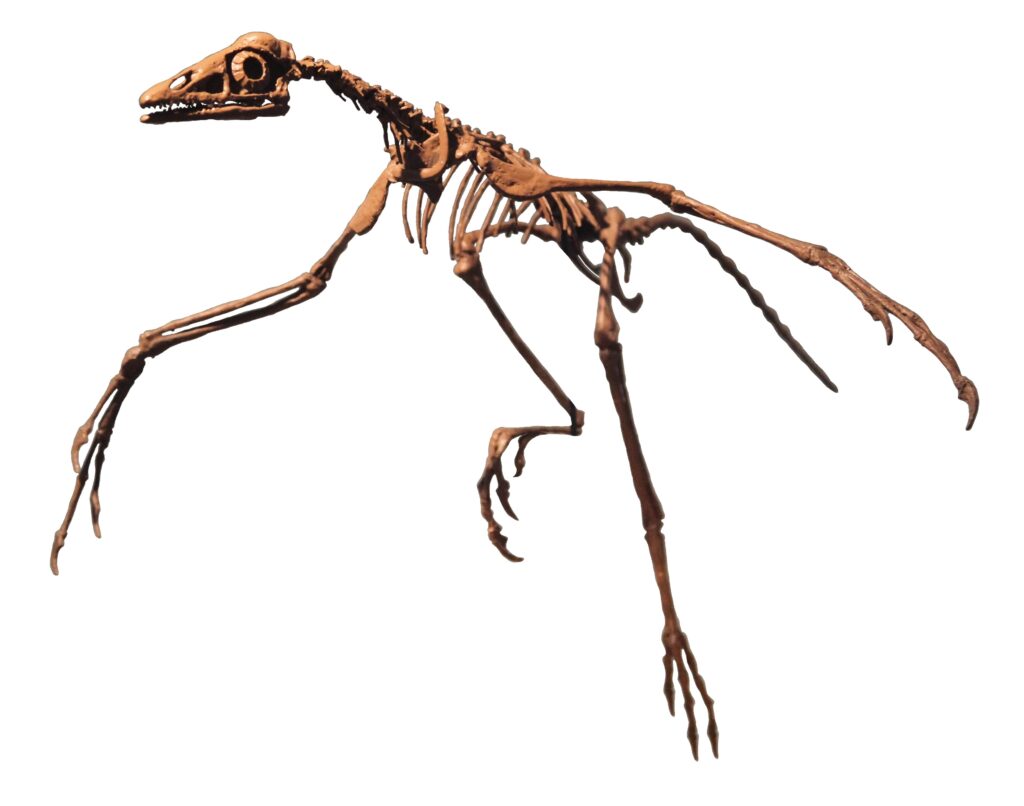
The famous “London Specimen” presents another remarkable case where mislabeling significantly delayed scientific progress. This fossil, now recognized as one of the most important examples of Archaeopteryx, was initially acquired by the Natural History Museum in London in 1863 as an unremarkable limestone slab containing what was thought to be a small pterosaur. For nearly a decade, this remarkable transition fossil sat in storage, incorrectly labeled and largely ignored by researchers. It wasn’t until 1872 that paleontologist Richard Owen recognized the specimen’s true identity as an Archaeopteryx, a discovery that should have happened years earlier. The delay was particularly significant because during those intervening years, scientific debates about Darwin’s recently published theory of evolution were raging, and this fossil represented crucial evidence supporting evolutionary concepts. Had the specimen been correctly identified immediately, it would have entered scientific discourse much earlier, potentially accelerating acceptance of evolutionary theory and promoting earlier research into the dinosaur-bird transition. This decade-long case of mistaken identity illustrates how even brief periods of misclassification can impact the trajectory of scientific understanding.
Triceratops and Torosaurus: One Dinosaur or Two?

A contemporary example of how fossil labeling continues to impact paleontological understanding involves the ongoing debate about whether Triceratops and Torosaurus represent different species or different growth stages of the same animal. For over a century, these dinosaurs were classified and labeled as distinct species based primarily on differences in their skull frills—Torosaurus having a longer, thinner frill with holes (fenestrae), while Triceratops possessing a shorter, solid frill. In 2010, paleontologists John Scannella and Jack Horner proposed that Torosaurus specimens might represent mature Triceratops individuals, suggesting that as Triceratops aged, their frills elongated and developed holes. This controversial hypothesis emerged only after researchers began questioning the established labeling system and examining growth patterns across specimens. If confirmed, this would mean that for over 100 years, museums worldwide have been mislabeling adult and juvenile versions of the same dinosaur as different species, potentially obscuring important information about dinosaur development and aging. The case remains contested, but it demonstrates how entrenched labeling practices can potentially delay discoveries about dinosaur biology and development for generations.
The Human Family Tree: Mislabeled Hominin Fossils
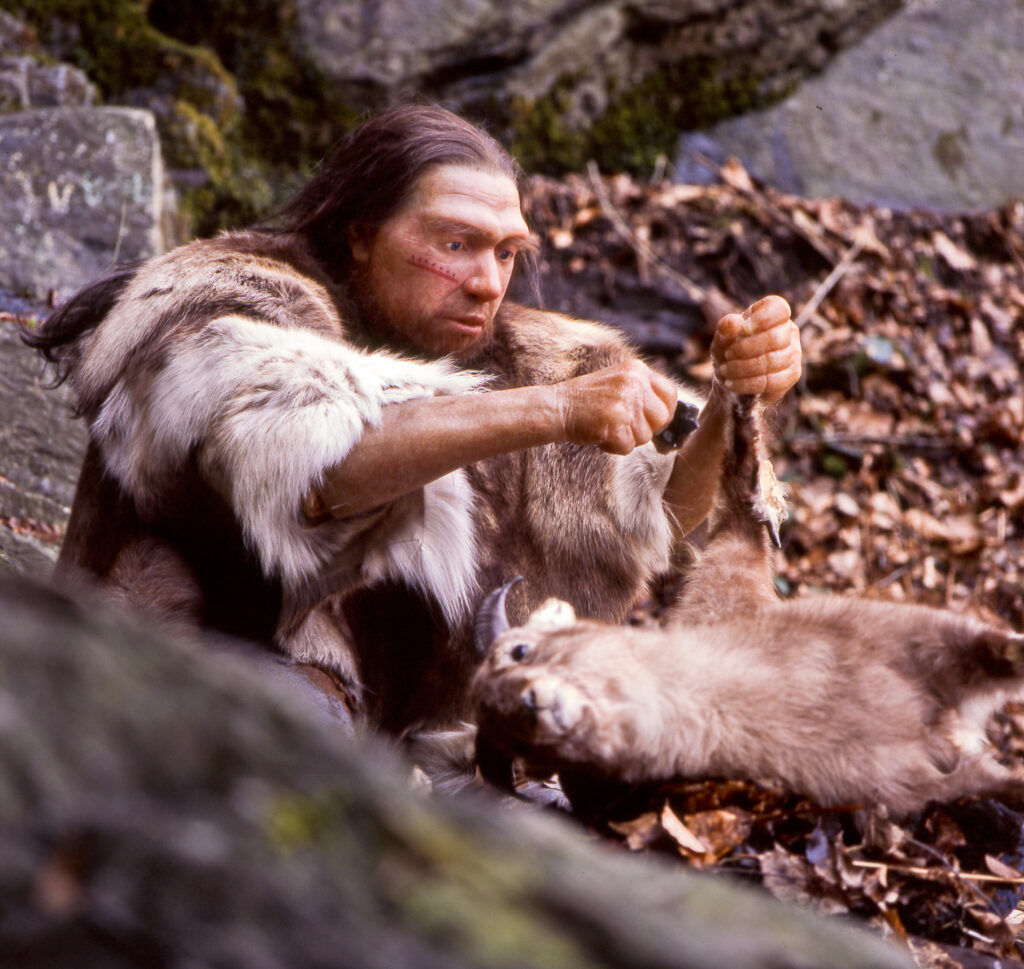
Our understanding of human evolution has been particularly vulnerable to delays caused by mislabeling, as exemplified by the complex history of Homo erectus and Homo ergaster classifications. When fossils of Homo erectus were first discovered in Java in the 1890s by Eugene Dubois, they created a sensation as potential “missing links” in human evolution. However, as similar fossils were discovered in Africa decades later, they were classified as a separate species called Homo ergaster based on perceived differences. For nearly 50 years, this taxonomic separation persisted, with fossils labeled and studied as distinct evolutionary lineages. More recent analysis suggests that these may represent regional variations of the same species, meaning that decades of research proceeded under potentially flawed assumptions about our evolutionary family tree. The initial mislabeling led to theories about multiple competing hominin species that may have been unnecessary complications. This example demonstrates how fossil labeling directly impacts our understanding of our own origins and evolutionary history, potentially delaying a more accurate picture of human evolution by decades as researchers worked within an artificially divided classification system.
The Hesperornis Mystery: From Reptile to Bird

The story of Hesperornis, a flightless aquatic bird from the Late Cretaceous period, demonstrates how even renowned scientists can contribute to mislabeling delays. When paleontologist Othniel Charles Marsh first discovered Hesperornis fossils in the 1870s, he initially classified them as a strange aquatic reptile due to their unusual combination of features, including teeth and flightless adaptations. This misclassification persisted in scientific literature for several years, delaying recognition of Hesperornis as an important transitional form in avian evolution. Only after discovering additional specimens with clear avian characteristics did Marsh correct his classification, acknowledging it as a primitive bird. This reclassification was crucial for understanding the diversity of early birds and demonstrating that avian evolution included many experimental forms, including flightless diving specialists. The initial mislabeling temporarily obscured important evidence about the adaptive radiation of early birds and their diverse ecological niches. This case illustrates how even temporary misidentifications by respected authorities can delay scientific understanding and how taxonomic corrections can open new avenues of evolutionary insight.
Museum Drawers: Hidden Treasures Mislabeled and Forgotten
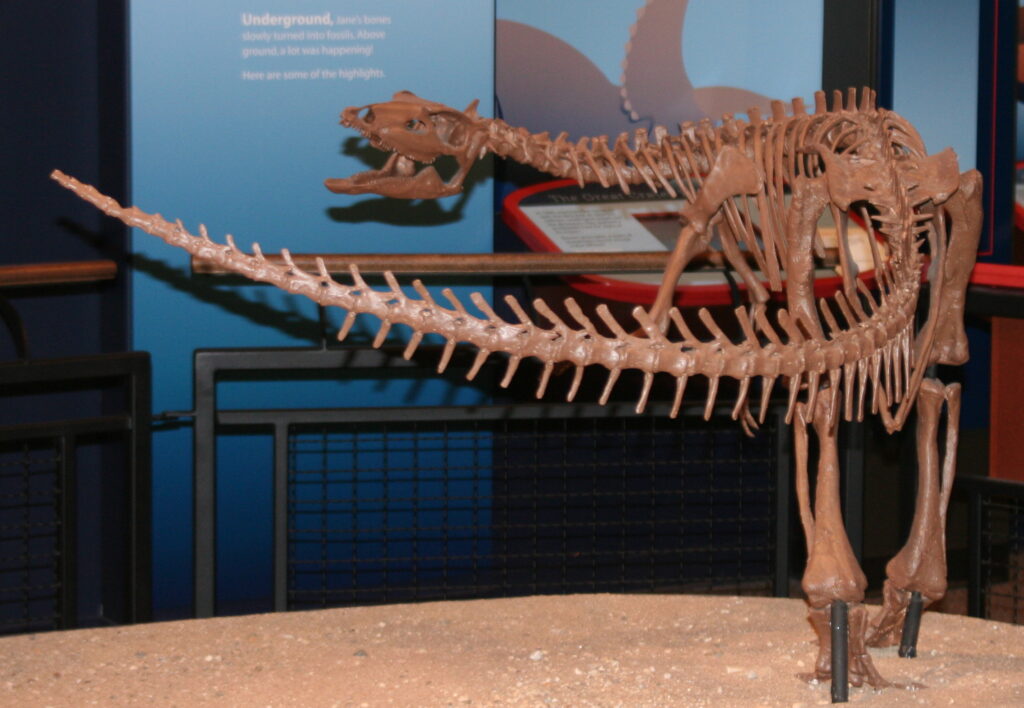
Behind the public-facing exhibits of natural history museums lie vast storage areas containing millions of specimens, many of which remain unstudied for decades due to initial misidentification. These museum collections represent a paradoxical situation where potentially groundbreaking fossils sit gathering dust because their labels don’t flag their scientific significance. A striking example occurred at the Natural History Museum in London, where a fossil initially labeled as an unremarkable fish specimen in the 1970s was rediscovered in 2009 to actually be an exceptionally preserved example of a 415-million-year-old placoderm (armored fish), providing crucial information about early vertebrate evolution. Similarly, the Carnegie Museum of Natural History discovered they had unknowingly housed an entirely new dinosaur species for nearly 100 years when researchers reexamined a fossil labeled as the common Apatosaurus and found it represented the previously unknown Haplocanthosaurus in 2018. These cases demonstrate how museum collections worldwide likely contain numerous misidentified “hidden treasures” whose scientific value remains unrealized because their incorrect labels render them effectively invisible to researchers focused on particular research questions or taxonomic groups.
Tiktaalik: A Discovery Nearly Missed

The discovery of Tiktaalik roseae, a critical transitional fossil between fish and tetrapods, narrowly avoided becoming another case of delayed discovery due to potential mislabeling. When paleontologist Neil Shubin and colleagues discovered this remarkable specimen in the Canadian Arctic in 2004, they almost categorized it as a lobe-finned fish similar to others already known from the Devonian period. It was only through careful examination of subtle anatomical features—particularly the wrist-like structures in its fins and its unique skull features—that they recognized they had found something truly revolutionary: a creature capturing the transition from aquatic to terrestrial life. Had they followed conventional labeling practices and categorized it among known fish groups, this crucial evolutionary link might have remained unrecognized for years or decades. Instead, proper identification led to immediate recognition of Tiktaalik’s significance as a “fishapod” that could prop itself up on its fin-like limbs. This near-miss highlights how even today, the careful examination of fossils before assigning labels remains crucial to preventing delayed discoveries of evolutionary significance.
Digital Technology and Relabeling Historical Collections
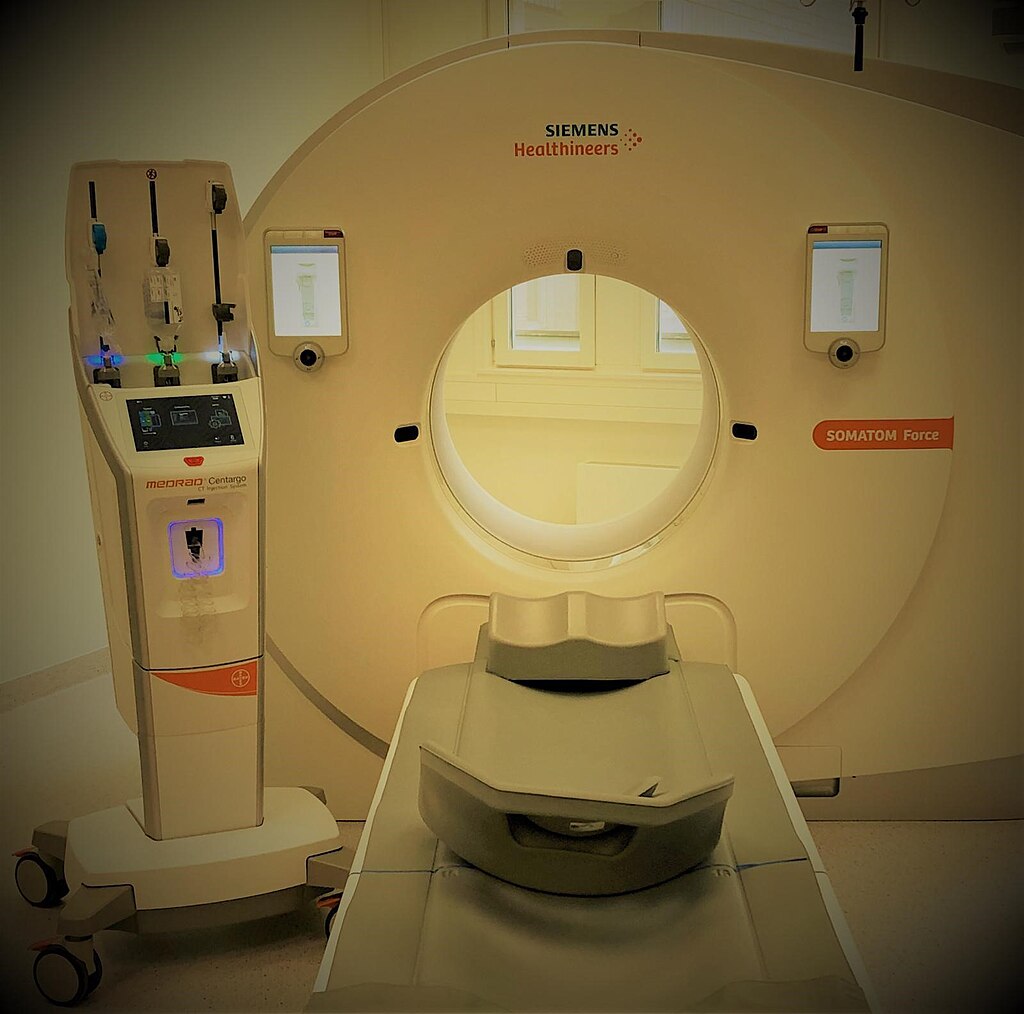
Modern technological advances are helping to address the problem of mislabeled fossils through systematic reexamination of museum collections. Advanced imaging techniques like micro-CT scanning allow researchers to peer inside fossils without damaging them, revealing internal structures that may contradict their original classifications. Computer databases now enable cross-referencing of specimens across global collections, helping identify patterns that might suggest misidentifications. The Digital Library of Life project and similar initiatives are creating comprehensive digital archives of type specimens (the definitive examples of species), allowing researchers worldwide to compare newly discovered fossils with historical specimens without physical travel. These technological approaches have already led to numerous reclassifications of historical specimens, uncovering scientific value that had been obscured by incorrect labeling for decades or even centuries. For example, the Natural History Museum in London has used CT scanning to reexamine its ichthyosaur collection, discovering several misidentified specimens that provide new information about these marine reptiles’ diversity. This digital revolution in paleontology is accelerating the correction of historical mislabeling errors and potentially preventing decades-long delays in scientific understanding.
The Psychological Factor: Confirmation Bias in Fossil Labeling

The psychological phenomenon of confirmation bias plays a significant role in perpetuating fossil mislabeling across generations of researchers. When a specimen already carries an authoritative label assigned by a respected previous scientist, subsequent researchers may unconsciously look for evidence that confirms this established identification rather than questioning it. This psychological tendency to seek confirming evidence rather than disconfirming evidence has repeatedly delayed the correction of misidentified fossils. For example, when examining fossils labeled as belonging to well-known groups, researchers might overlook subtle anatomical differences that could indicate a new species or even genus. This cognitive bias can be particularly powerful when the original classification was made by a prominent figure in paleontology, creating a form of “authority bias” that compounds the normal confirmation bias. Recent research in the history of science has documented numerous cases where junior researchers noticed discrepancies in fossil identifications but hesitated to challenge established classifications made by senior authorities. Awareness of these psychological factors has led some institutions to implement blind reexamination protocols, where researchers analyze specimens without knowing their previous classifications to minimize bias.
The Ripple Effect: How One Mislabeled Fossil Affects an Entire Field
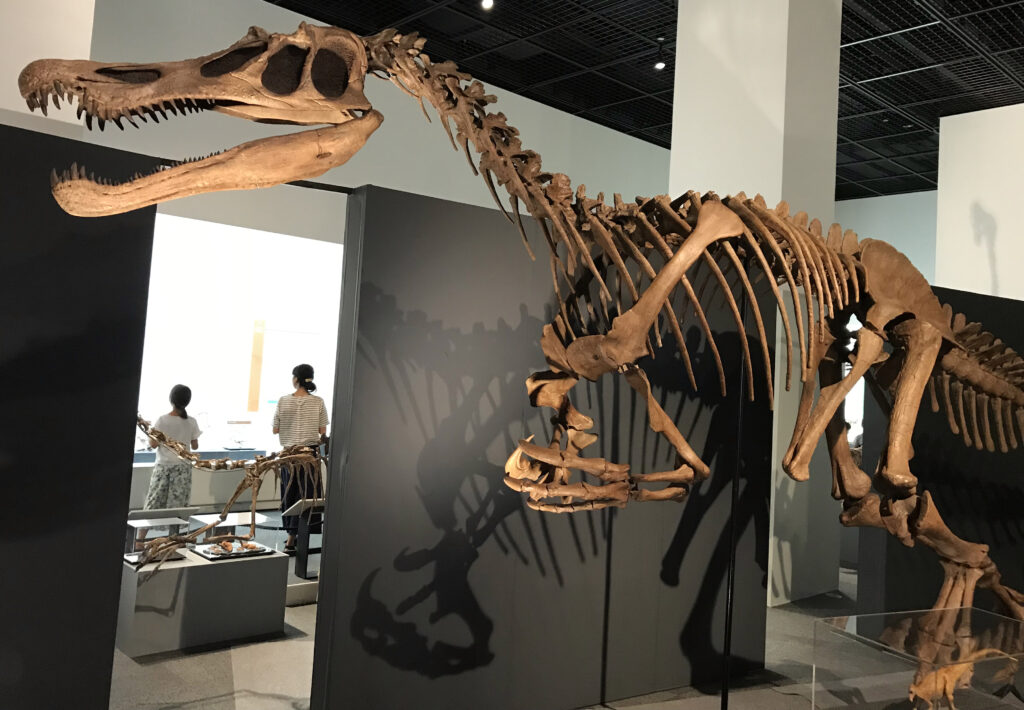
The consequences of a single mislabeled fossil can extend far beyond that individual specimen, creating a cascading effect throughout paleontological understanding. When a significant fossil is misidentified, it often serves as a reference point for identifying and classifying subsequent discoveries, potentially propagating the original error across multiple specimens and even multiple institutions. This ripple effect was dramatically demonstrated in the case of the “Piltdown Man,” a fraudulent fossil combining a human skull with an orangutan jawbone that was accepted as authentic for over 40 years. During this period, legitimate hominin fossils discovered in Africa were sometimes misinterpreted or undervalued because they didn’t fit the evolutionary pattern suggested by the fraudulent but officially labeled Piltdown specimen. Similarly, when the dinosaur Brontosaurus was incorrectly labeled as synonymous with Apatosaurus in 1903, this classification error persisted for over a century, affecting museum displays, scientific literature, and public understanding despite mounting evidence suggesting they were distinct genera (a distinction finally officially recognized in 2015). These examples demonstrate how a single labeling error can distort scientific understanding across an entire discipline, with effects that persist long after the initial mistake.
Learning from History: Modern Protocols to Prevent Mislabeling

The scientific community has developed increasingly sophisticated protocols to minimize the risk of fossil mislabeling and the resulting delays in discovery. Modern best practices include detailed photographic documentation of fossils in situ before extraction, precise GPS logging of discovery locations, standardized measurement procedures, and the use of multiple independent examinations before formal classification. Many institutions now require that type specimens (the definitive examples of species) undergo comprehensive analysis using multiple techniques, including both traditional morphological examination and newer approaches like CT scanning and, when possible, DNA analysis. Additionally, the trend toward open-access publishing of fossil descriptions allows for broader scrutiny by the global scientific community, increasing the chances that misidentifications will be caught earlier. Some museums have implemented systematic review processes where historical collections are periodically reexamined using current taxonomic understanding and modern analytical methods. These procedural safeguards represent important lessons learned from history, acknowledging that even small errors in fossil labeling can have outsized impacts on scientific progress and recognizing the responsibility to minimize such delays for future generations of researchers.
Conclusion
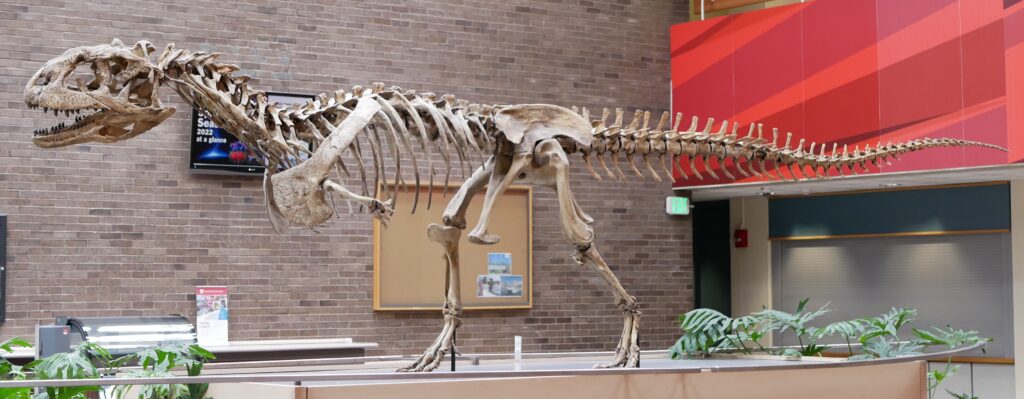
The history of paleontology is littered with cases where incorrect labeling led to significant delays in scientific discovery. These examples serve as powerful reminders of how seemingly minor administrative decisions—what name to write on a museum label—can profoundly impact the trajectory of scientific knowledge. As technology advances and classification methods improve, researchers continue to uncover previously overlooked treasures hidden by historical mislabeling. The ongoing reexamination of museum collections worldwide suggests we may be on the cusp of numerous revelations as modern techniques help correct the labeling errors of the past. These stories highlight both the fallibility of scientific classification and the self-correcting nature of science itself—a process that may sometimes move slowly, but ultimately works toward more accurate understanding, even when that means overturning established labels that have persisted for decades or longer.

